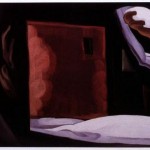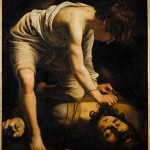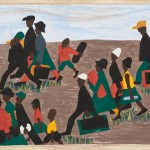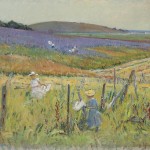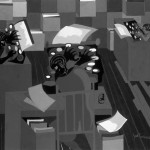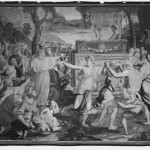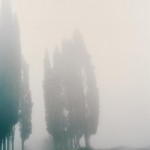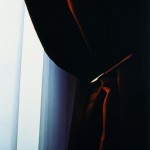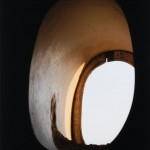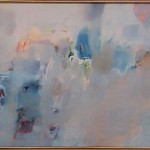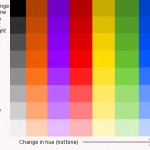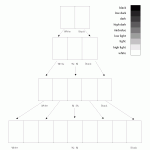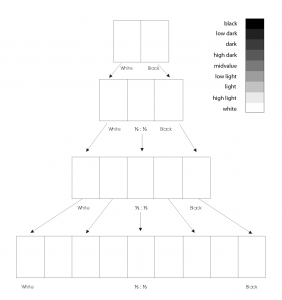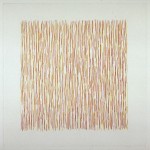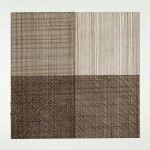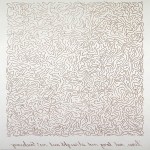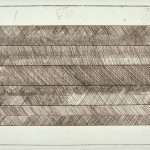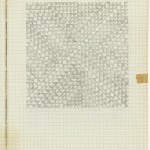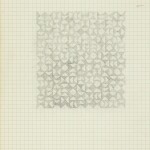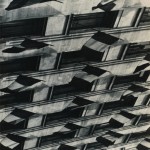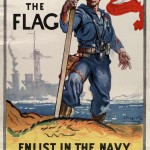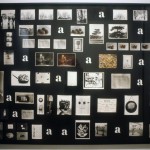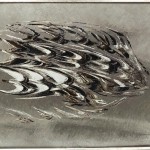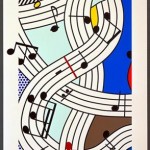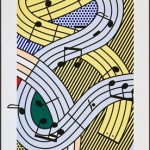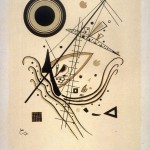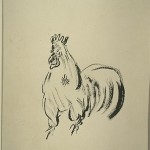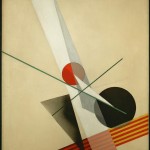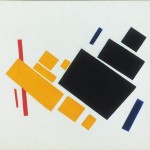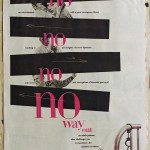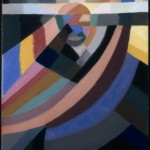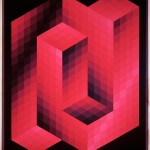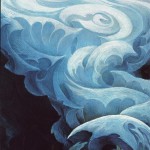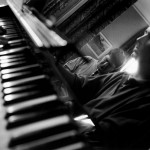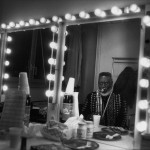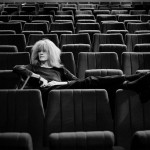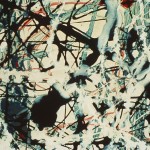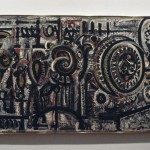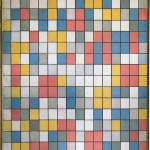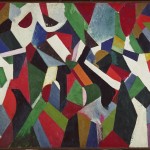Lecture
Review
- Elements: Value
- Principles: Emphasis, Focal Point, Contrast
- PLUS: Open and Close Value Compositions
- Closed-Value Composition: Values are limited by the boundaries of shapes and clearly isolate individual parts of the composition. This type of composition could create dramatic mood through contrasting values.
- Open-Value Composition: Values cross shape boundaries, integrating parts with adjoining areas and unifying the composition. This type of composition could create a mysterious fog or haze using closely related values.
Introduction to New Project
- Assignment #3 | Value-Added Portraits
Lab
Work in class on Writing and Research
- (2 examples) predominately within the high-key value range
- (2 examples) predominately within the low-key value range
Work in class on Experimentation / Iteration
- (1) Narrow Value Range: either high-key or low-key
- (1) Broad Value Range
- (Both) Emphasis: create a focal point wherein one area or element is emphasized (even within the narrow range) through size, placement, value contrast, or isolation.
Meeting with Professor
- Get approval from Professor before moving on to the next phase.
- After Professor’s review of begin Expression of Form, Emotions, or Concepts for homework. See Assignments page.
Homework
- Complete the first experiments (Writing and Experimentation / Iteration) for Assignment #3. See Assignments page.
- Continue work on Paintings (Part 1): Expression of Form, Emotions, or Concepts
- Materials needed next class: pencils, Bristol Board 9×6″, black & white gouache paints, brushes, palette, rags, water container, tape. — check website Thursday night for extra supplies.
- NOTE: Guest Lecture Friday Oct 9, 1 PM in the Atrium Amphitheater — Add to your calendar!
Human-Computer Interfaces (pdf)
